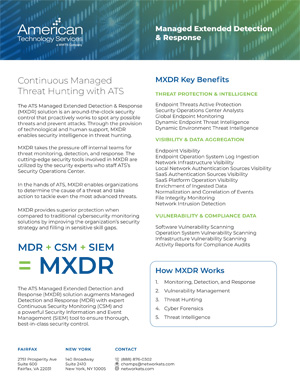Why a Managed IT Services Provider (MSP) for Healthcare Organizations Makes Sense
Why a Managed IT Services Provider (MSP) for Healthcare Organizations Makes Sense Compliance: Meeting Regulatory Requirements for Healthcare Organizations First and foremost, compliance is a significant matter for healthcare organizations. The healthcare industry is heavily regulated, and it is crucial for healthcare organizations to meet compliance requirements to avoid expensive fines and penalties. A managed […]









